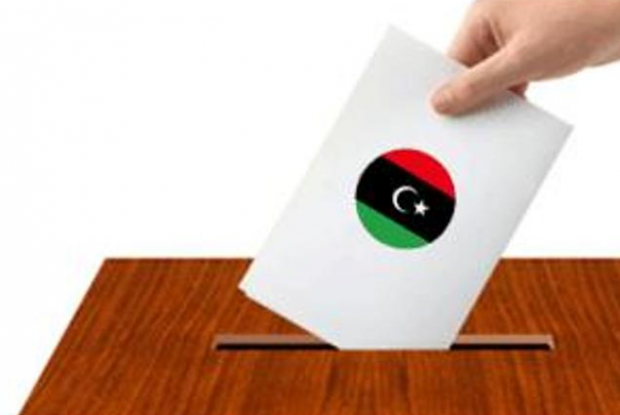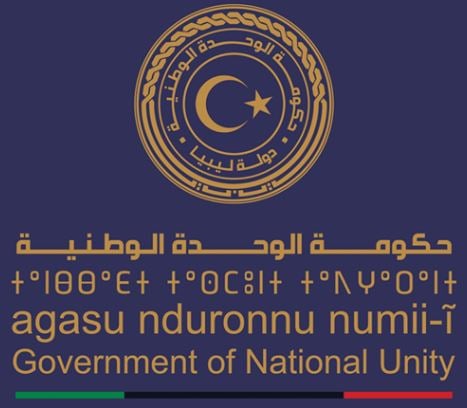By Chris Stephen.

Tunis, 18 January 2017
With the re-opening of Libya’s oil ports and fields and the tripling of exports the National Oil Corporation is embarked on a race against time – to push oil revenues high enough to avert looming economic catastrophe.
Five years of war and chaos have seen foreign reserves, estimated by Bloomberg at $158 billion in 2011, fall to $44 billion now.
With an additional $65 billion in the Libya Investment Authority, the sovereign wealth fund, and state spending between $25 and $27 billion a year, Libyans would seem to have no immediate cause for alarm. Even with no oil revenues, there is enough cash in the bank to last another four years.
But in finance, things are not so simple. Libya, in common with some other oil states, is almost entirely dependent on hydrocarbon earnings to meet its needs.
Some sixty percent of state spending goes on public sector salaries, with much of the 6.2 million population depending on this to survive.
Fully 95 percent of Libya’s export earnings come from oil and gas. With no income tax or VAT, Libya’s government(s) depend entirely on these earnings to meet the budget. And while $100 billion in the bank may sound like a lot of money, Libya’s dislocation, the degrading of services from schools and hospitals to roads, power stations, water pipelines and sewers, saw the World Bank warn in October that the economy was close to “collapse.”
Pre-revolution, Libya exported 1.6 million barrels of oil a day (b/d). That figure was 1.4 million b/d by June 2014 and was 290,000 b/d, give or take, last summer.
Then in September the Tobruk parliament’s Libya National Army captured four central oil ports from the Petroleum Facilities Guard and the NOC declared them open. In December, militias in western Libya agreed to re-open pipelines and two giant fields, Sharara and El Fil. This month, oil production hit 708,000 b/d, less than half the 2014 figure, but for many observers an impressive start.
But there’s a problem. When civil war broke out in July 2014, oil sold at $110 a barrel. The price now is between $50 and $44. That means Libya’s current oil income brings in not half the money it did two years ago, but about a quarter.
And it gets worse. Many of Libya’s fields were neglected even before the 2011 revolution, and have suffered fresh neglect and in some cases war damage in the years that followed. Storage tanks at the Es Sidra and Ras Lanuf export terminals have been destroyed.
Most of Libya’s oil does not flow to the surface naturally, but is brought up by pumps. Many of those pumps were past their user date in 2011 and now suffer corrosion and neglect.
Electricity is needed to pump the pumps, coming from generators which are also approaching the end of their useful life. They suffer from constant breakdowns and when they are working are now used to help combat the almost constant blackouts in most parts of the country.
An added problem for the NOC is that insurance costs for docking tankers are high, cutting into profits: In some cases brokers at Lloyds of London quote operators the hull value – in other words, they will insure a tanker, but only if the owner pays the full purchase cost of the ship as a premium. All these costs undercut the price Libya can charge for its oil.
On the plus side, most of Libya’s oil is rated both light and sweet – shorthand for saying it is pure enough to need minimal refining, putting it in the top four percent of world oil.
In November, NOC chairman Mustafa Sanalla, who says Libya has lost $100 billion in oil revenues since 2013, published details of his proposed recovery plan.
With no new investment, he says production will actually fall, to stabilise at 520,000 b/d, as pumps, pipelines and pumping stations start to fail. Assuming oil at $45 dollars a barrel, and including extra value for oil refined in Libya, Sanalla estimates generating $11.7 billion revenue a year.
He says production can rise to 800,000 b/d, subject to two conditions. First, that the south-western fields operate and the pipeline taking their oil, previously blocked by militia at Riyayna, stays open. Secondly, the NOC must get a cash injection of $2.5 billion for repairs.
With both conditions met, production will generate $15.84 billion.
And if the NOC gets the cash injection, but sees Riyayna blocked or the south -western fields unable to produce, production will be 545,000 b/d taking revenue down to $11.34 billion.
In other words, even the most optimistic scenario will see Libyan oil generate just over half its spending needs.
On the positive side, the NOC has survived remarkably unscathed from Libya’s war. John Hamilton, director of Cross Border Information in London says the NOC is one of Libya’s few real institutions: “People have worked there for years, geologists, salespeople, engineers. They know each other and there is an institutional ethos.”
Also, Sanalla has won agreement from Opec that Libya be excluded in its projected production cuts..
But bridging the gap between the $15 billion in oil revenue and the $25- $27 billion annual state spending will take far longer.
Only new production and exploration can hope to do that, and that, as with Sanalla’s projections, will only happen if Libya can find lasting peace.






